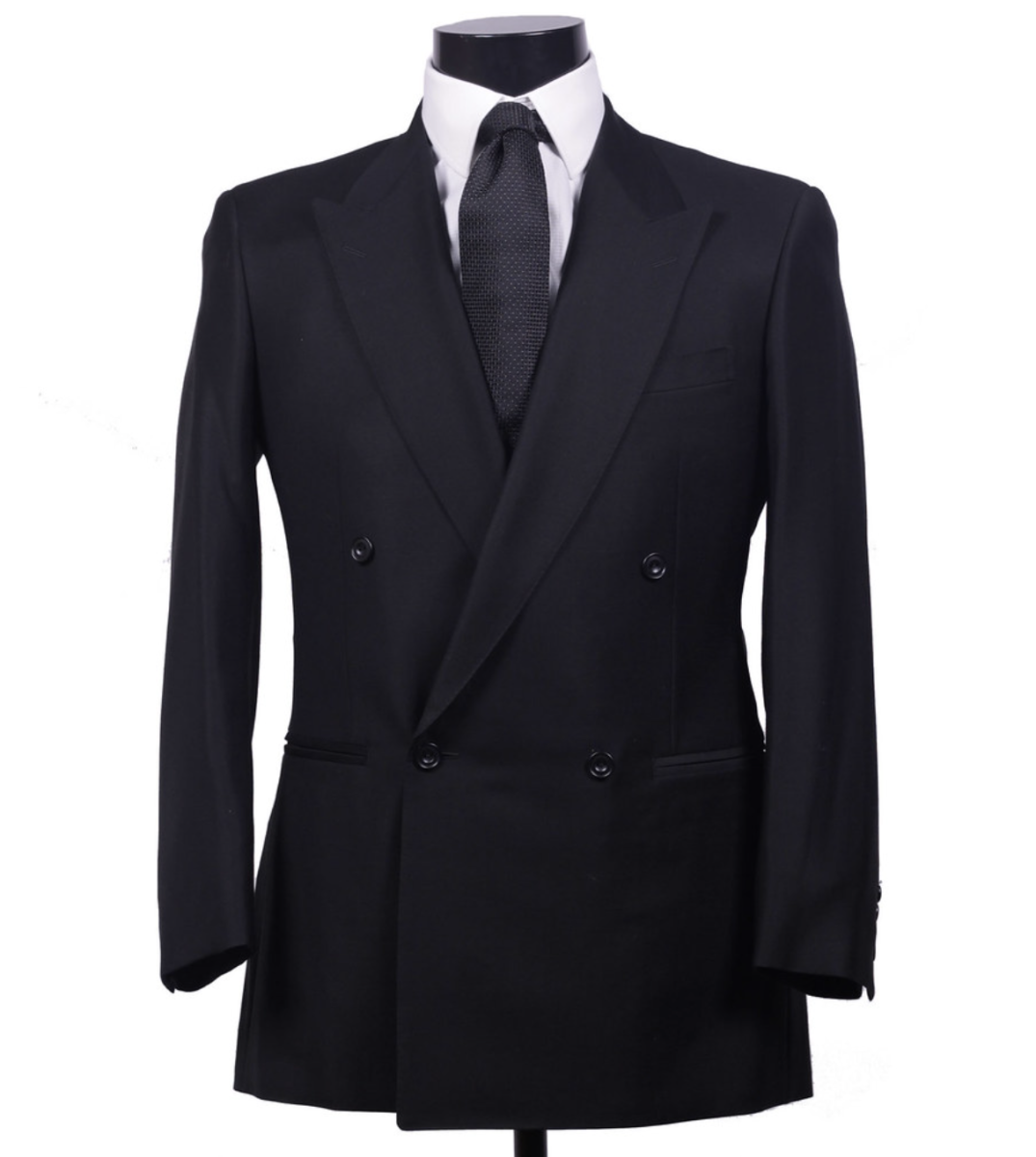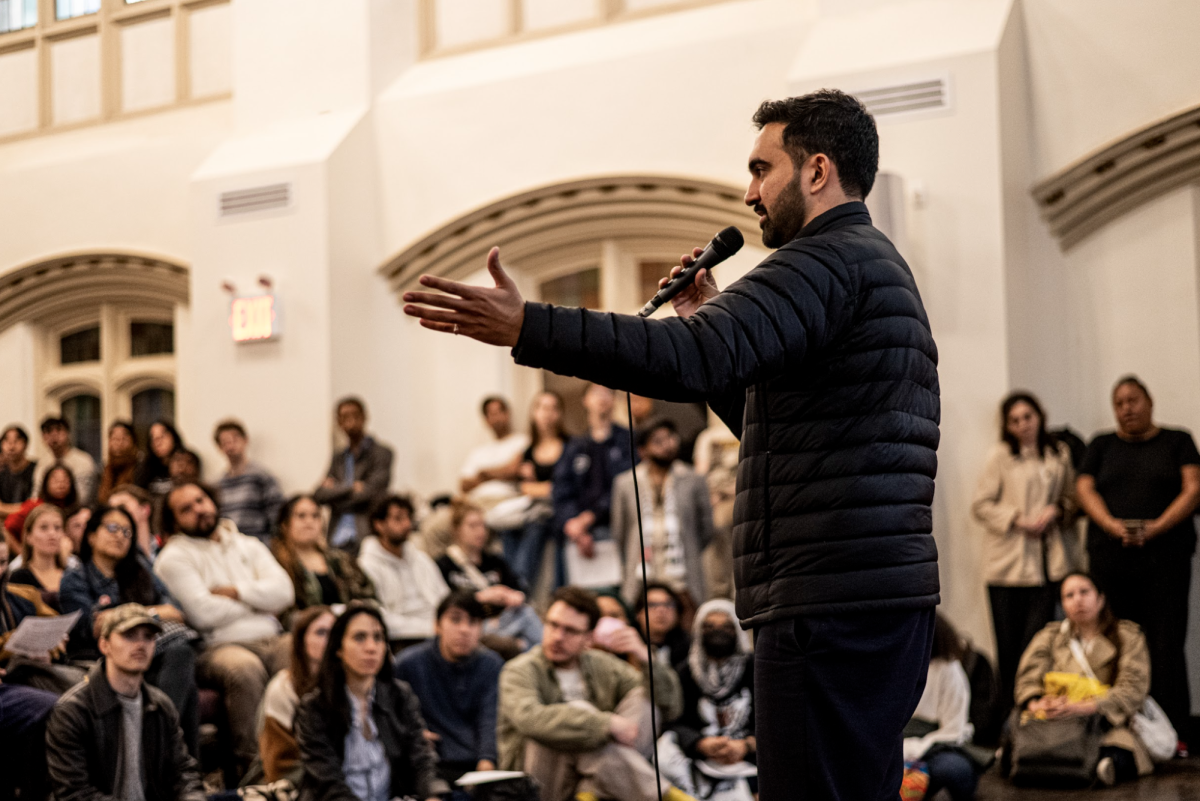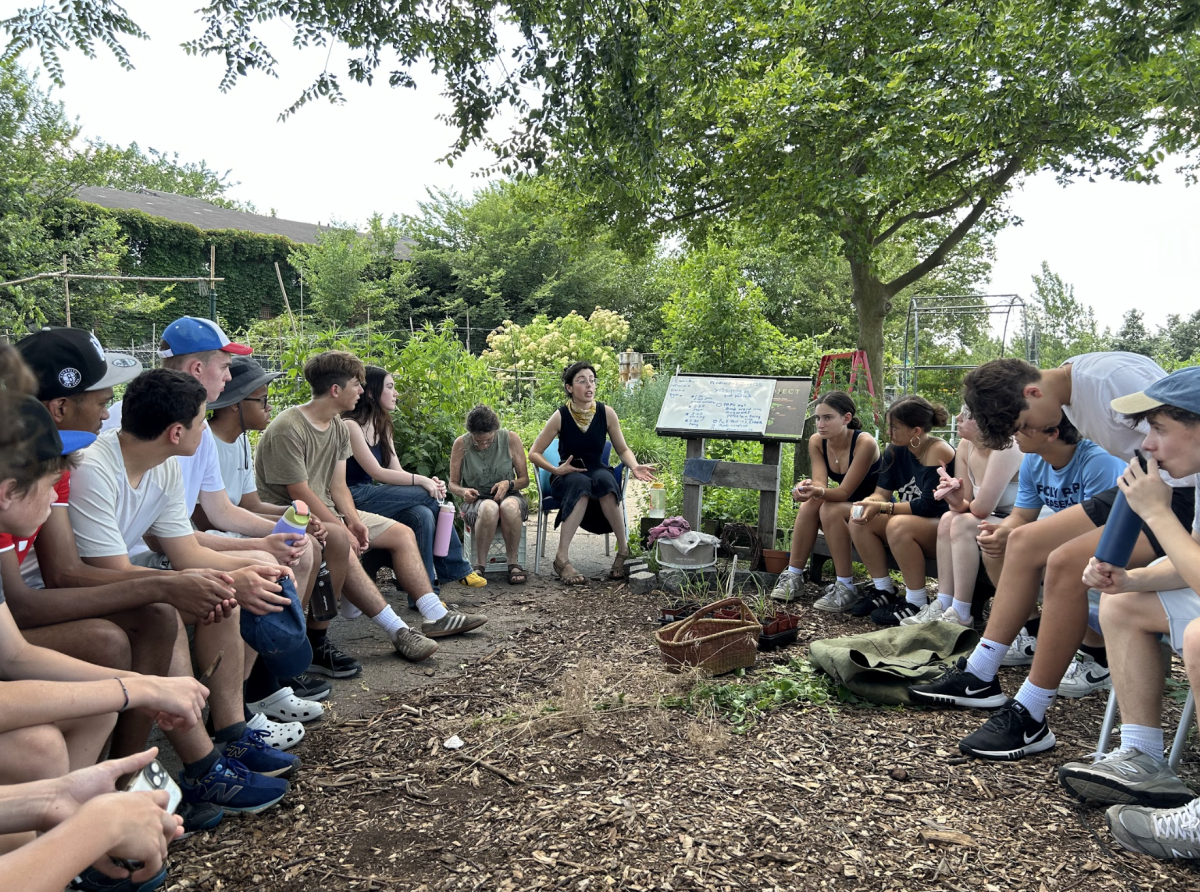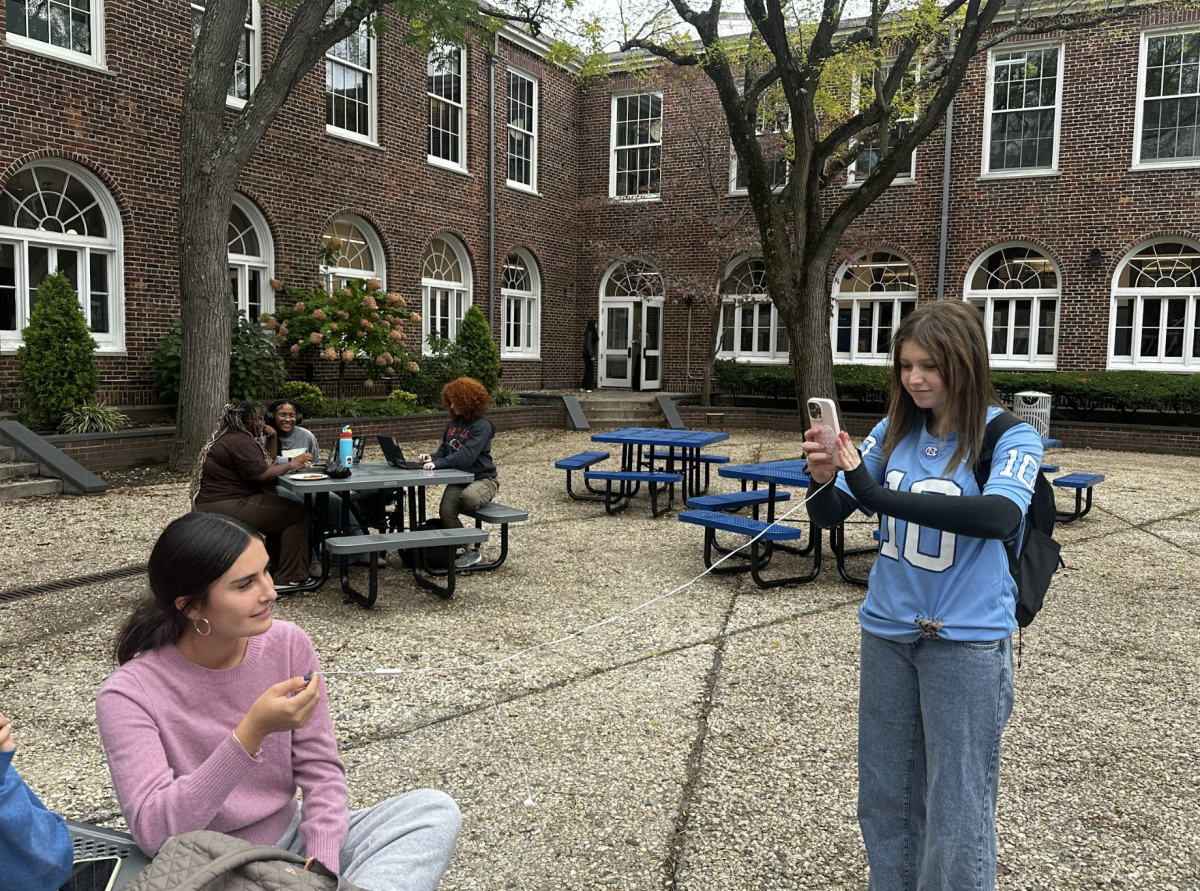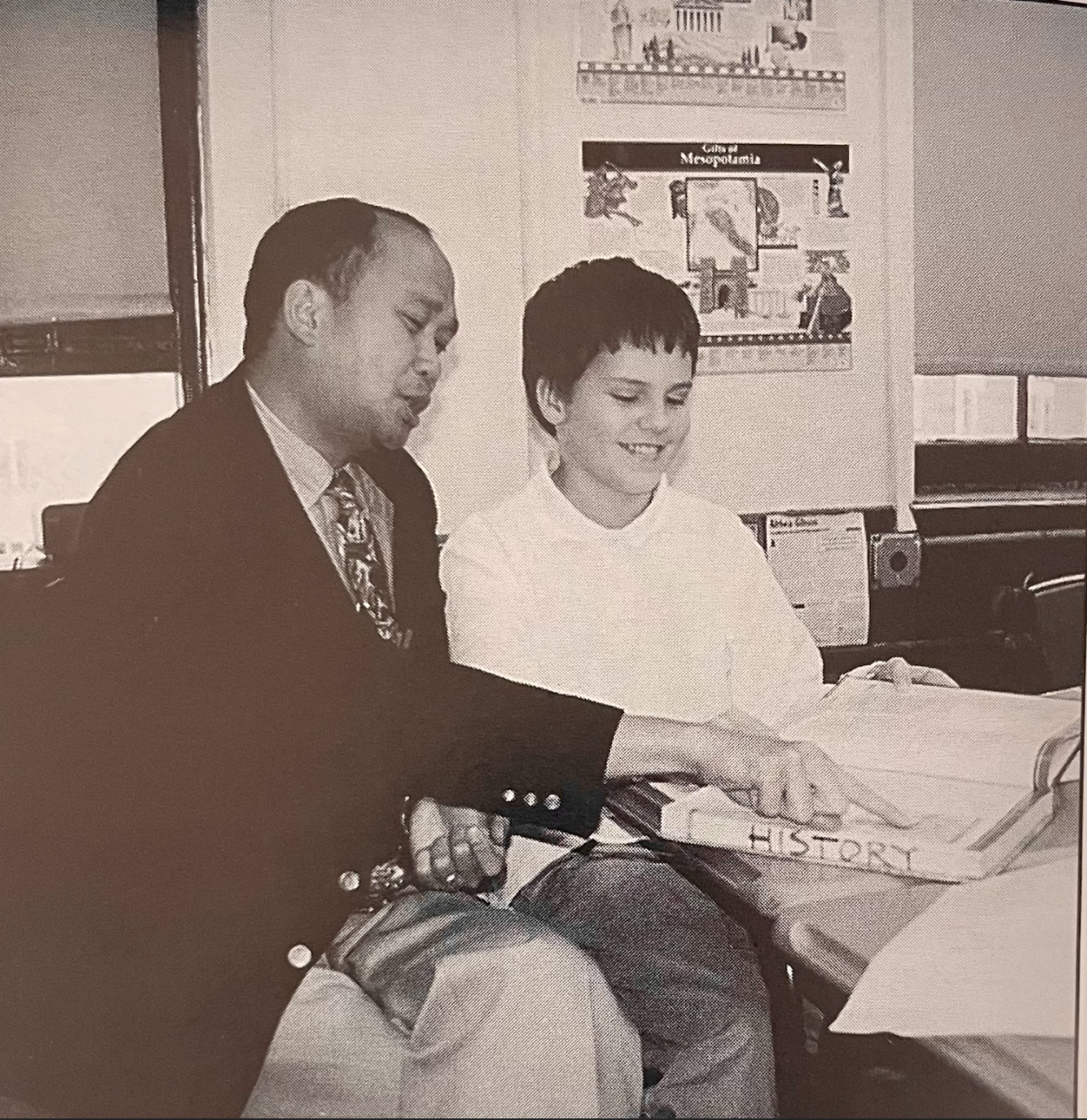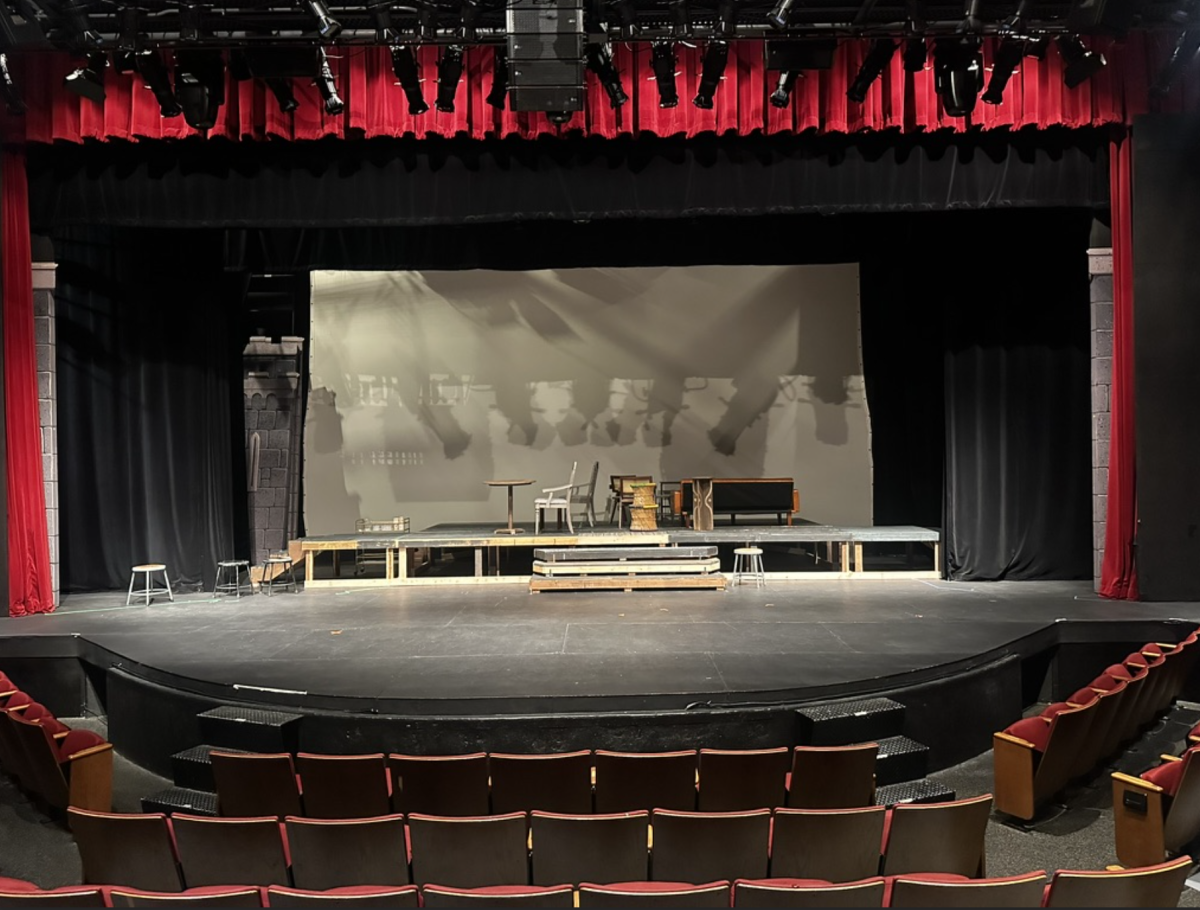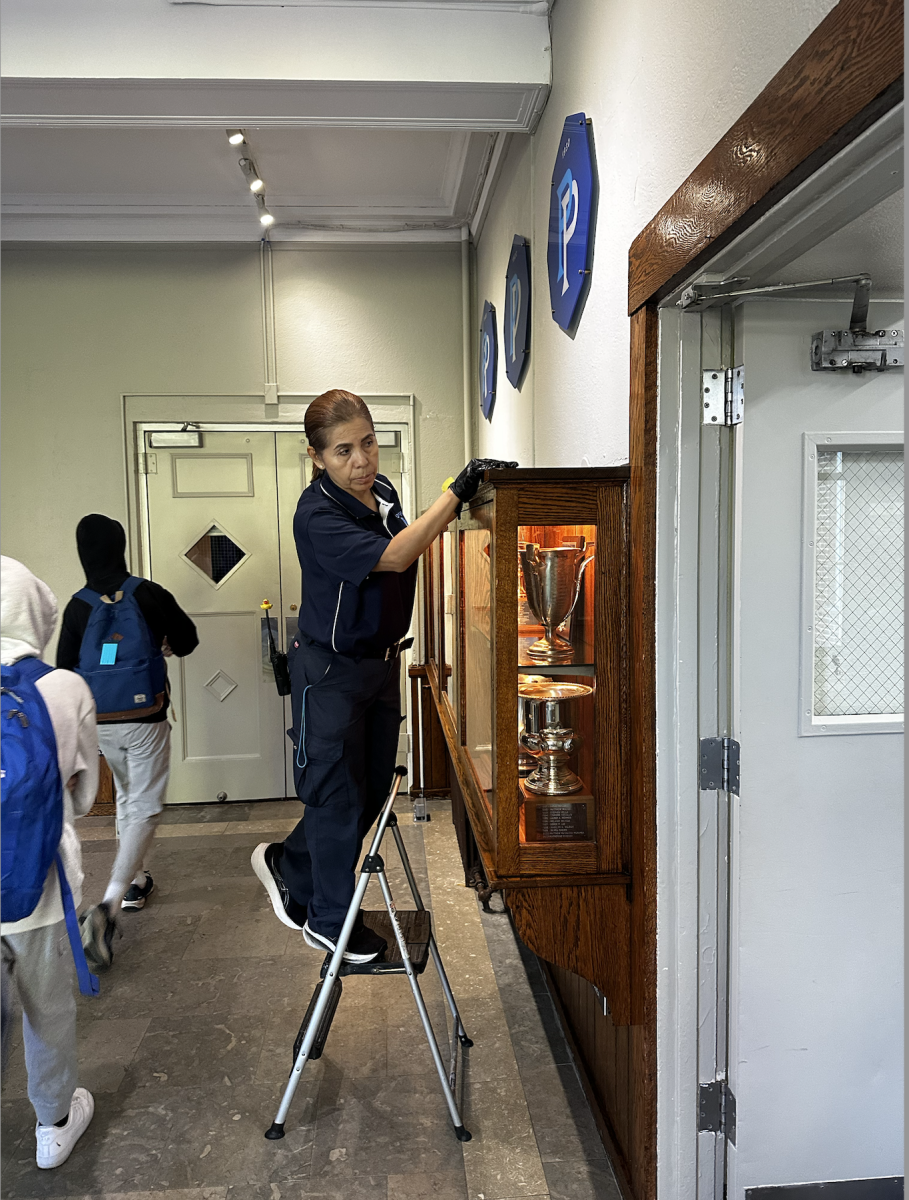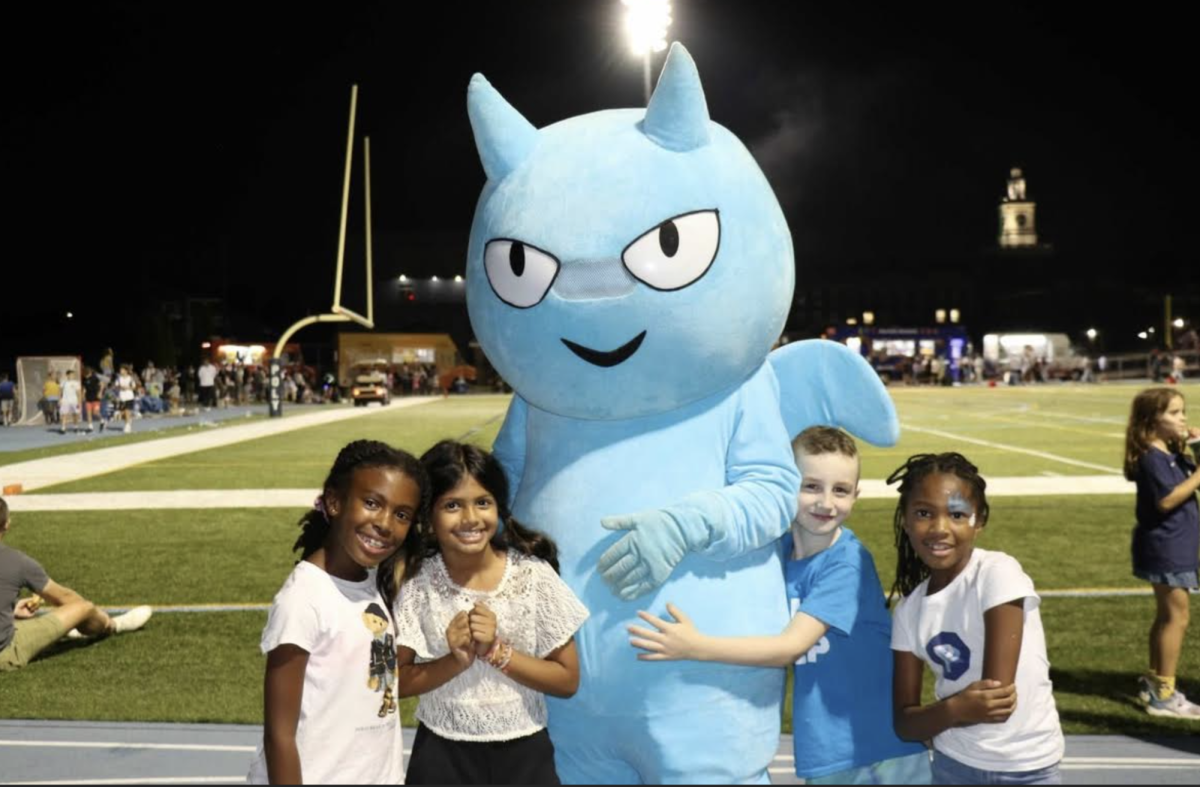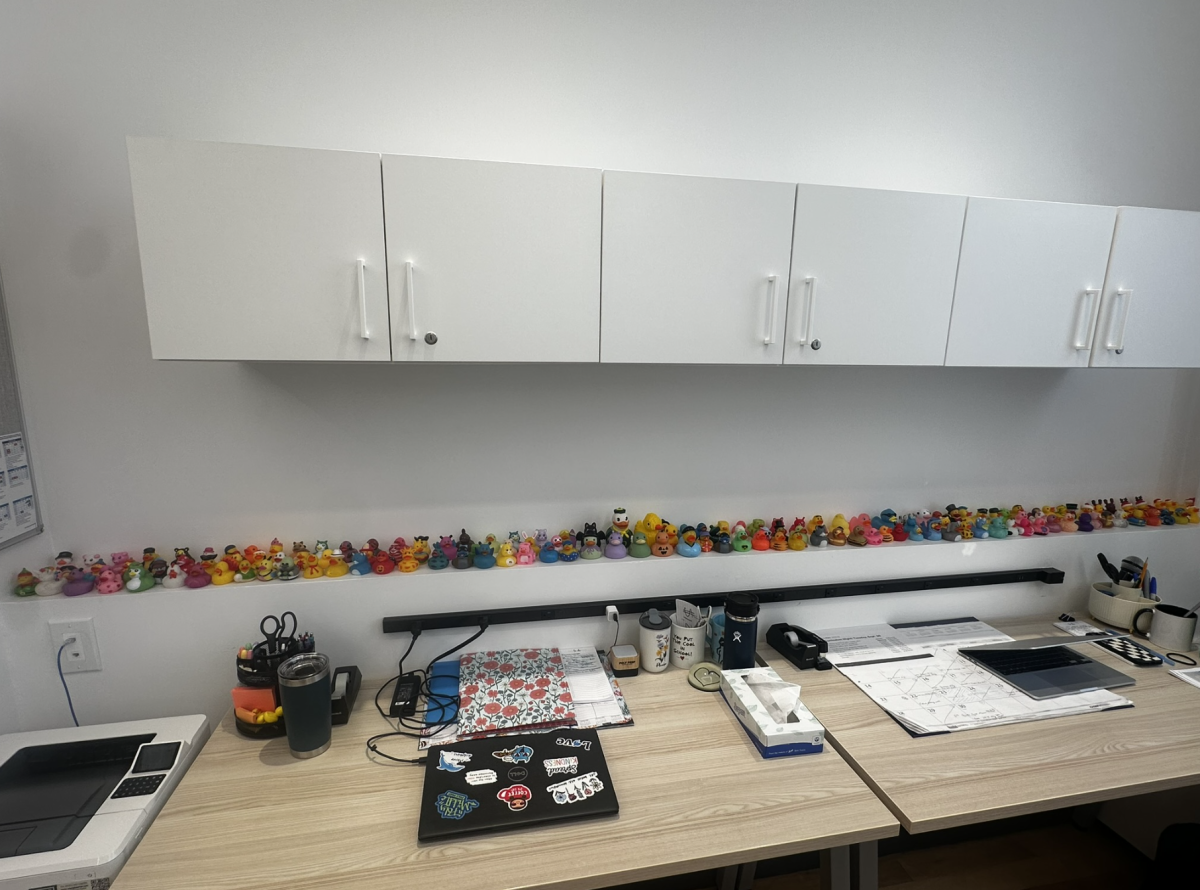Winter Track: Run Like the Wind Inside
February 16, 2023
Though many don’t realize, the outdoor season in the spring is not the only track season Poly athletes can participate in — the more unsung indoor track and field season goes on in the winter. This season is a time for Poly athletes to compete in alternate events to those offered in the outdoor season, many of them using the indoor season to prepare for further glory in the spring. Plus, indoor track allows multi-sport athletes who may have other commitments in the spring to get a taste of the track and field life before they return to their main sport.
The indoor track season is characterized by long commutes, unusual events, and the infamous “armory cough” (an illness that supposedly infects athletes when they enter the facility, and a popular joke among NYC teens on TikTok). Poly athletes compete at two of New York’s major indoor tracks: The Armory on 168th street in Manhattan, and Ocean Breeze, located in a mysterious part of Staten Island. During select days during the week, the team also leaves school early to train at the Ocean Breeze facility.
Indoor tracks are half the length of traditional outdoor ones (200 meters as opposed to 400), so the races at winter track meets are all slightly skewed to adapt to the shorter distance. One of the most popular races for sprinters during the indoor season is the 300 meter dash — a lap and a half of sprinting for your life. Junior Trent Winston gave the Polygon a colorful description of the sensation of this race: “Running the 300 is like running on Legos for 300 meters. And at the end you have to lay down on a layer of more, molten hot Legos” he said.
Regarding the facilities themselves, when asked about the general ambiance at The Armory, Senior Track Captain Lily Drye said “Getting home at 10 p.m. isn’t ideal on a weekday but that’s life. If you choose to do a sport like track obviously in the winter you’d rather be inside than outside anyways.” Long commutes home from competitions are a huge drawback to the indoor track season. Depending on the number of competitors, track meets can last up to six hours, though most athletes only compete in one or two races per meet, which leaves most athletes heading home hours into the night. To make sure these late nights don’t affect their performance in school, track athletes use idle time at competition to get schoolwork done. One can often find runners sprawled out with textbooks and computers near the track while they wait for their event to begin. And in terms of the armory cough, Drye called the phenomenon a myth.“I think that’s just a cringe thing that freshmen say, and I think that some people are dramatic — I had that dramatic outlook when I was a freshman as well,” she said. After her four years on the indoor track team, Drye has now adapted to the winter season lifestyle, and understands that the best way to move through meets is remaining strictly drama-free.


